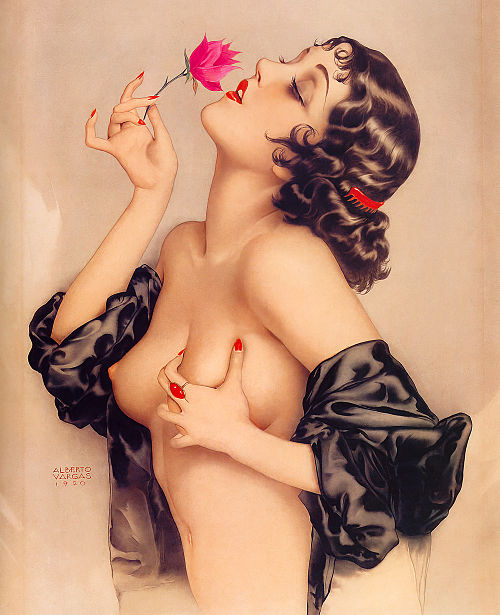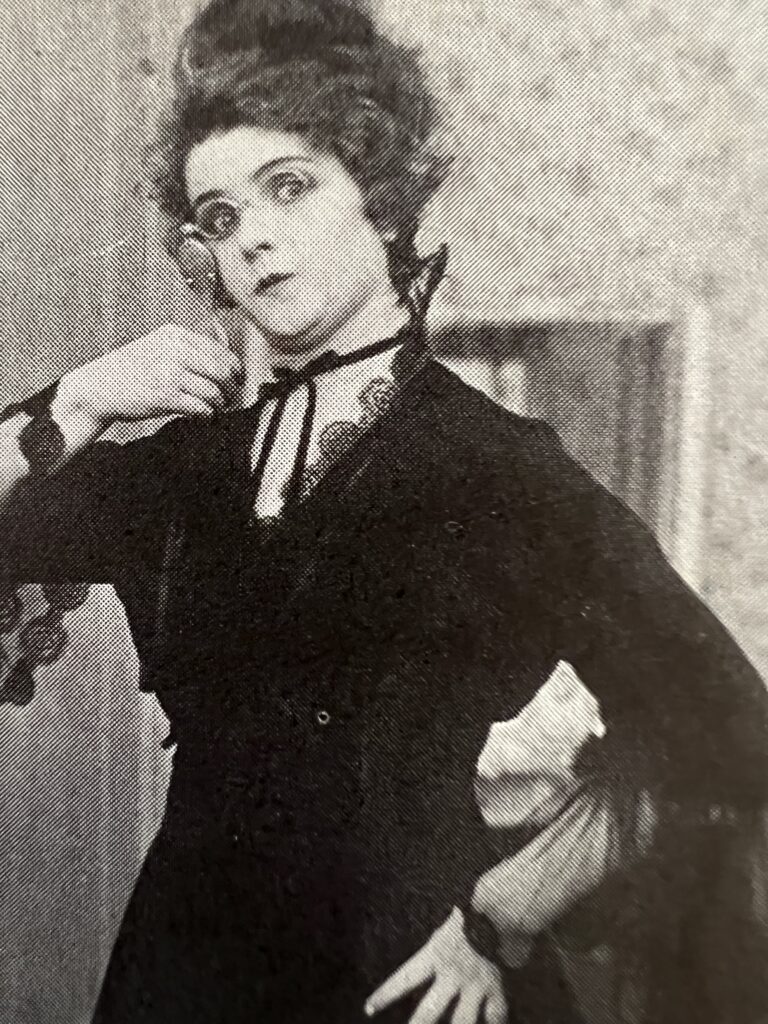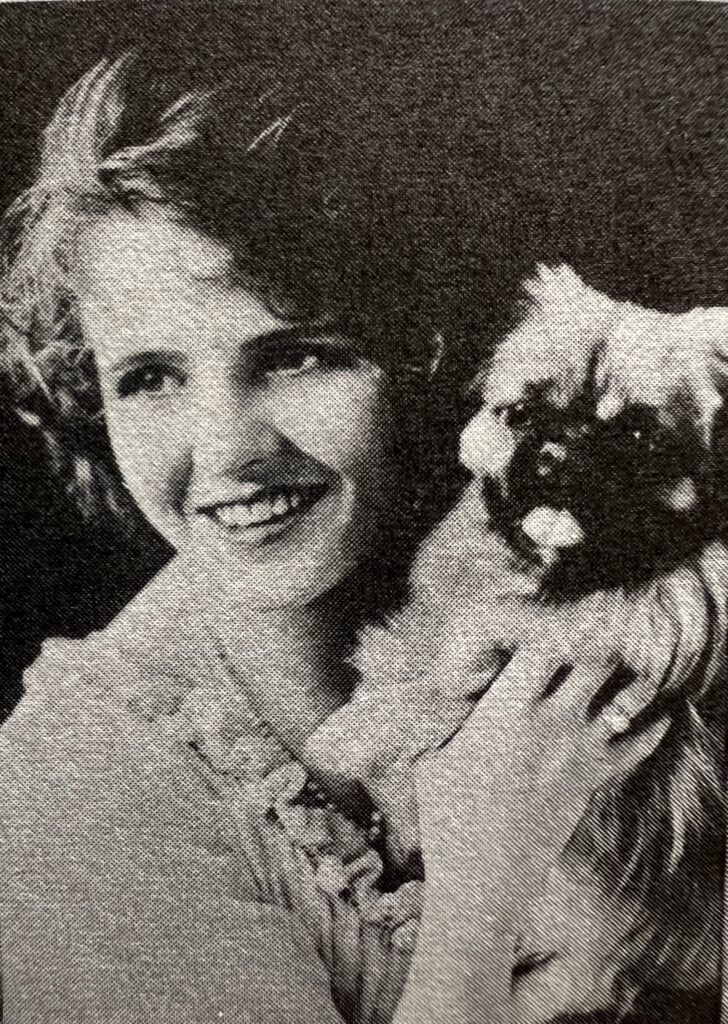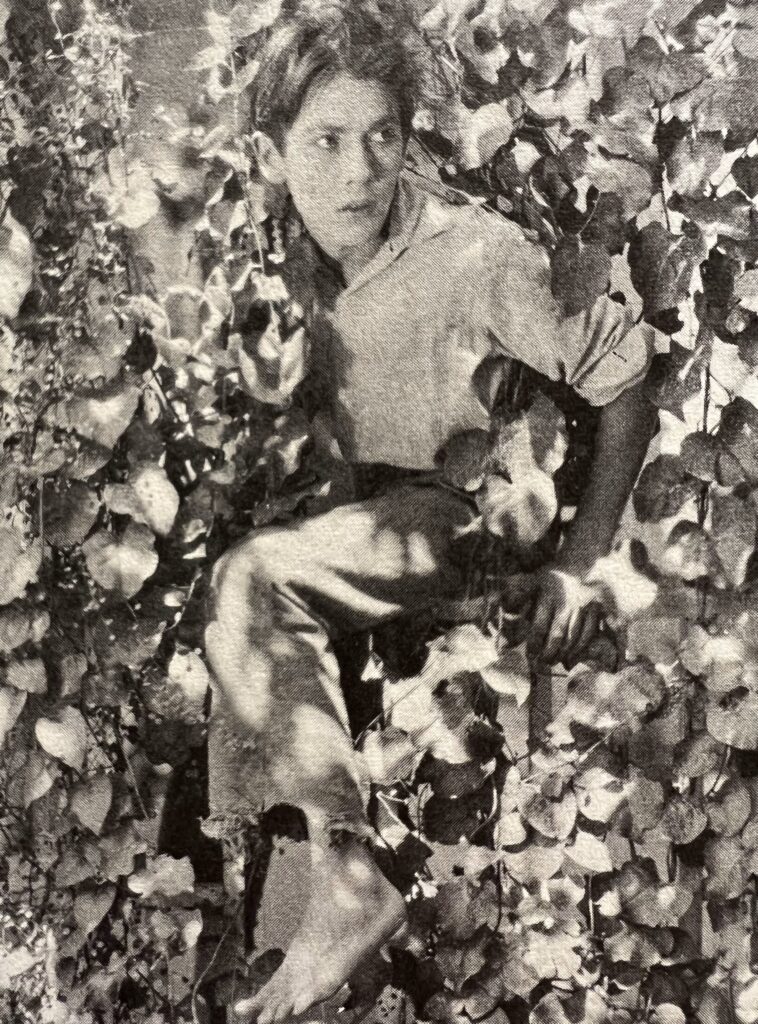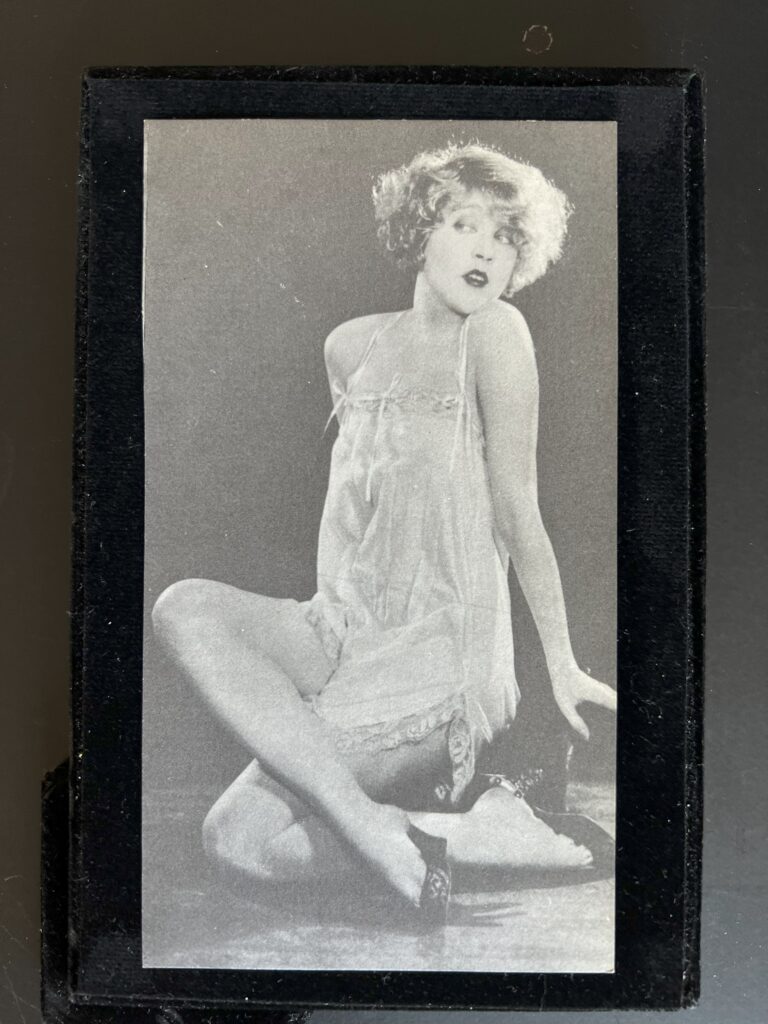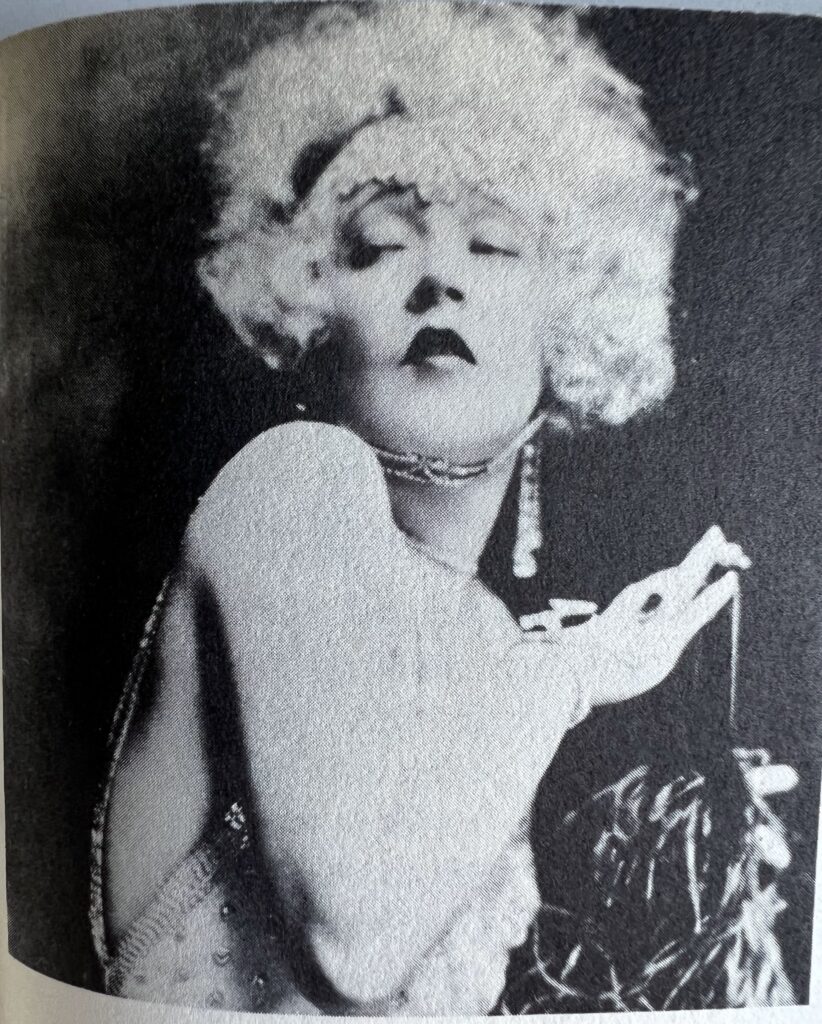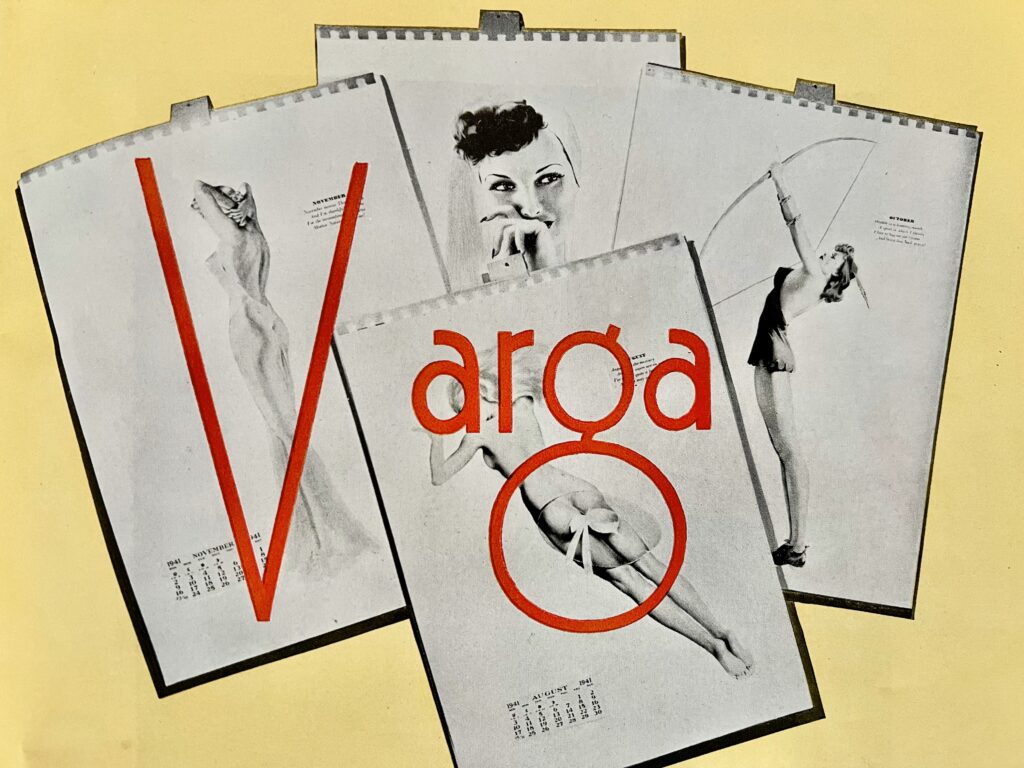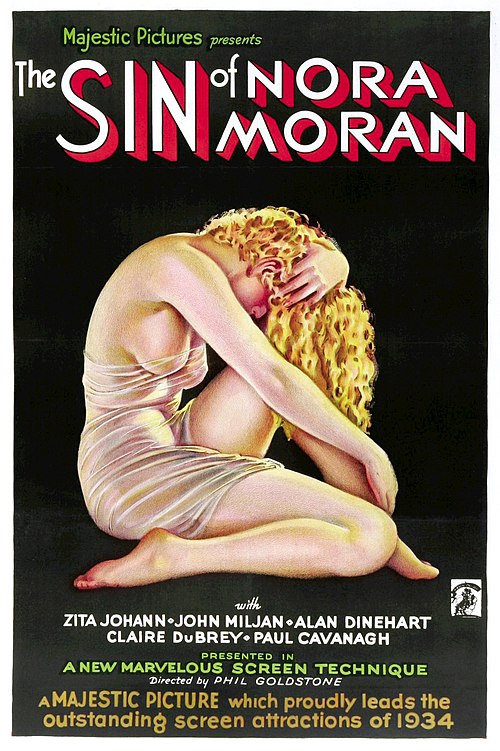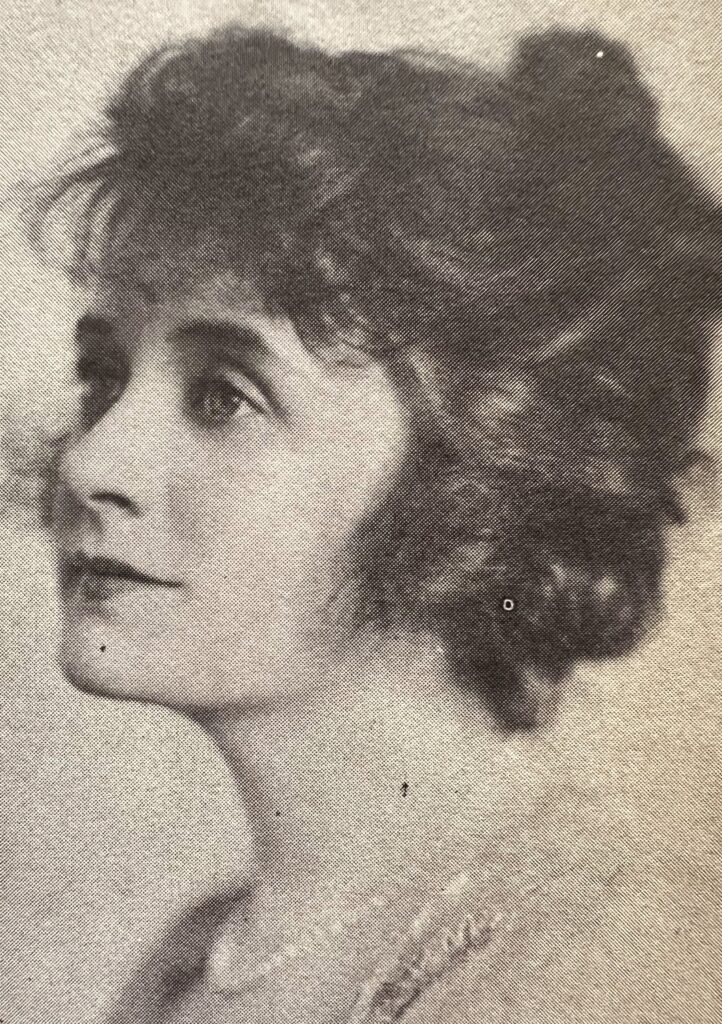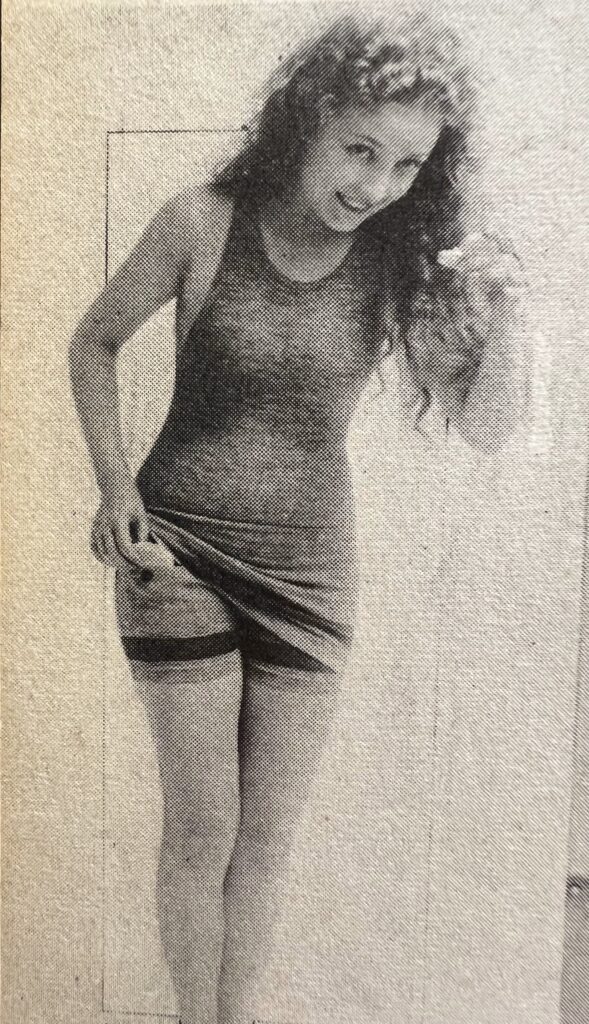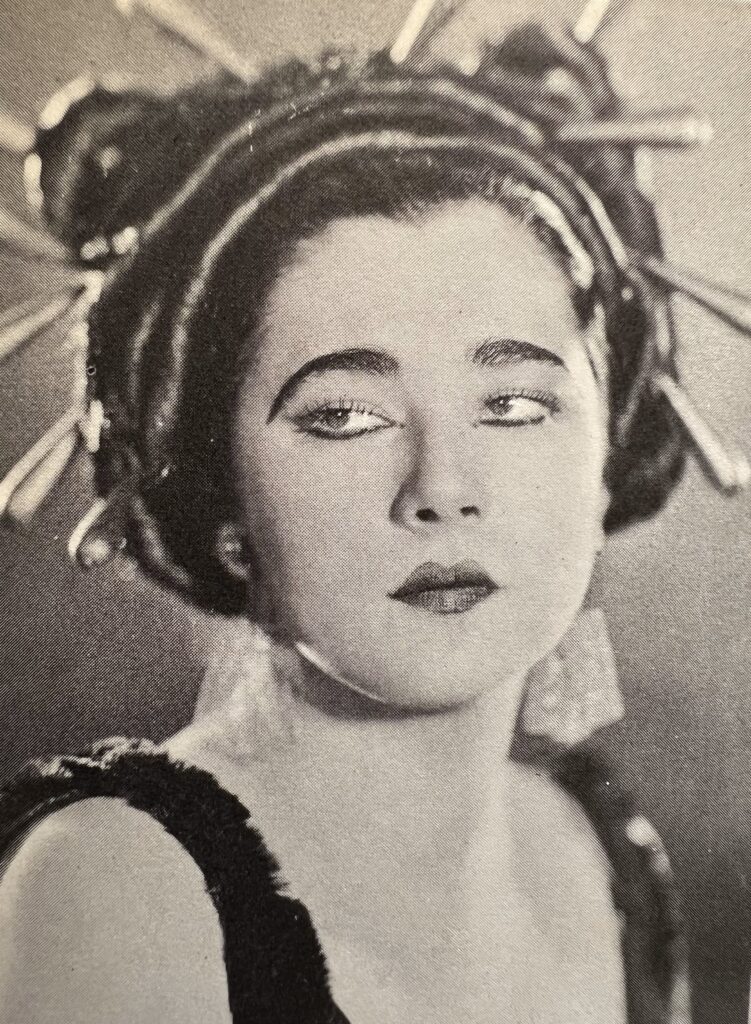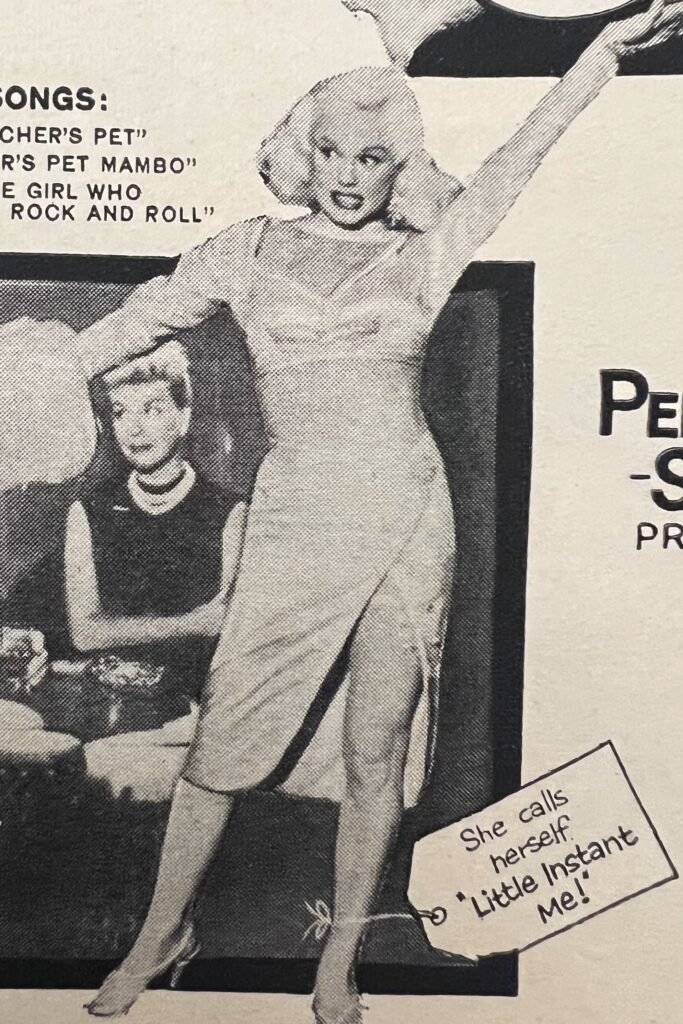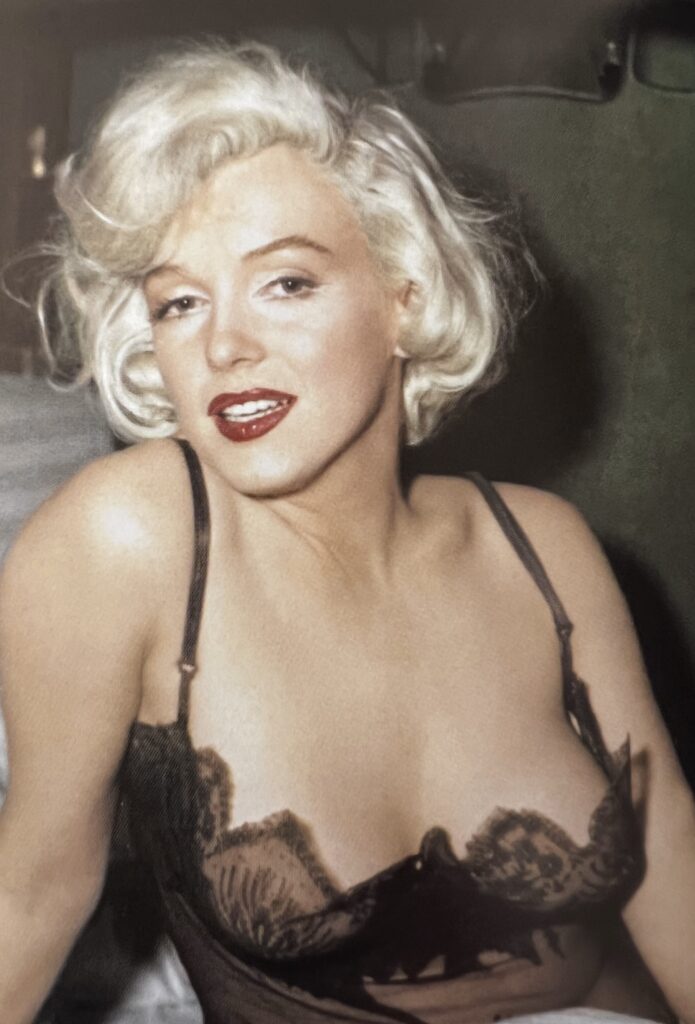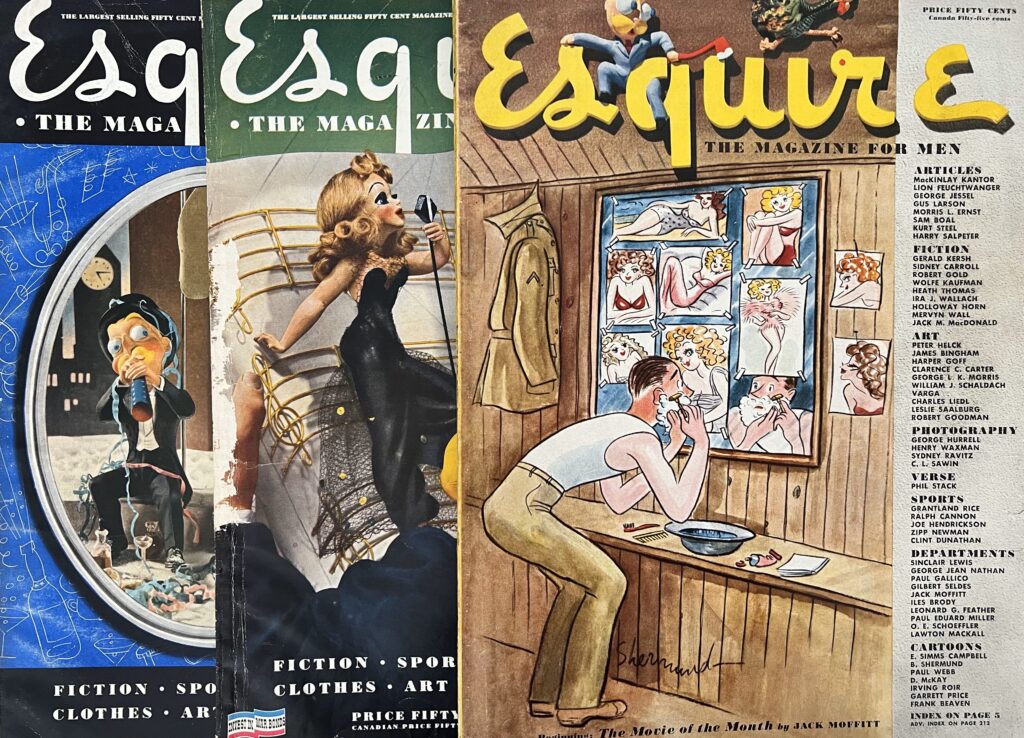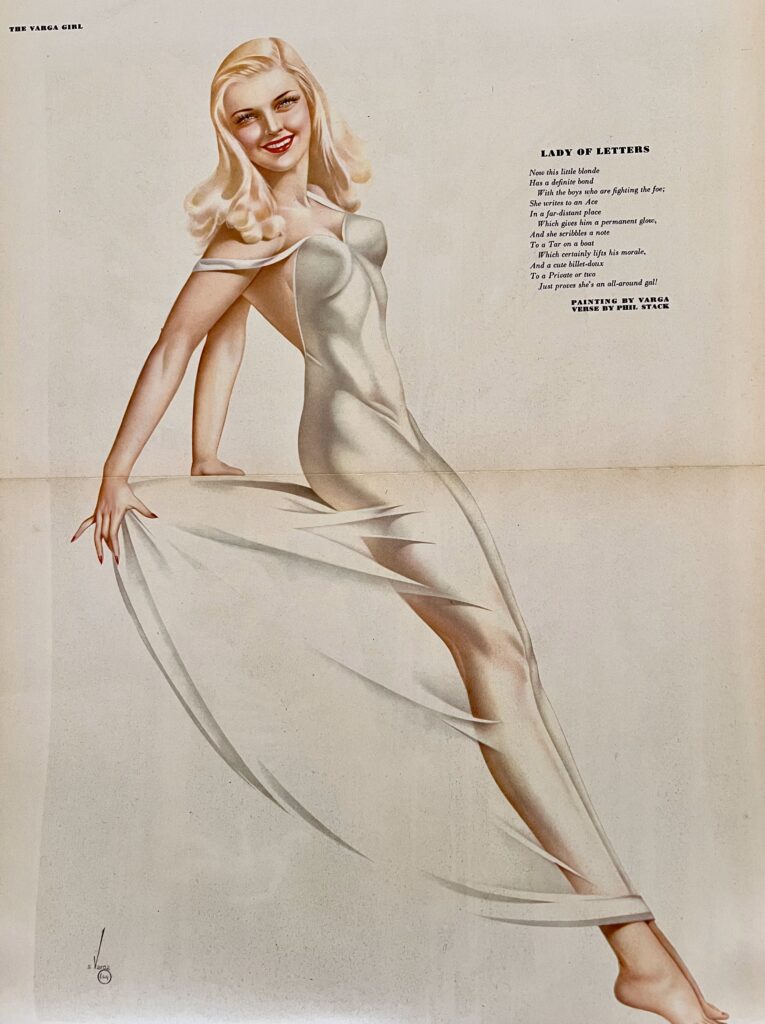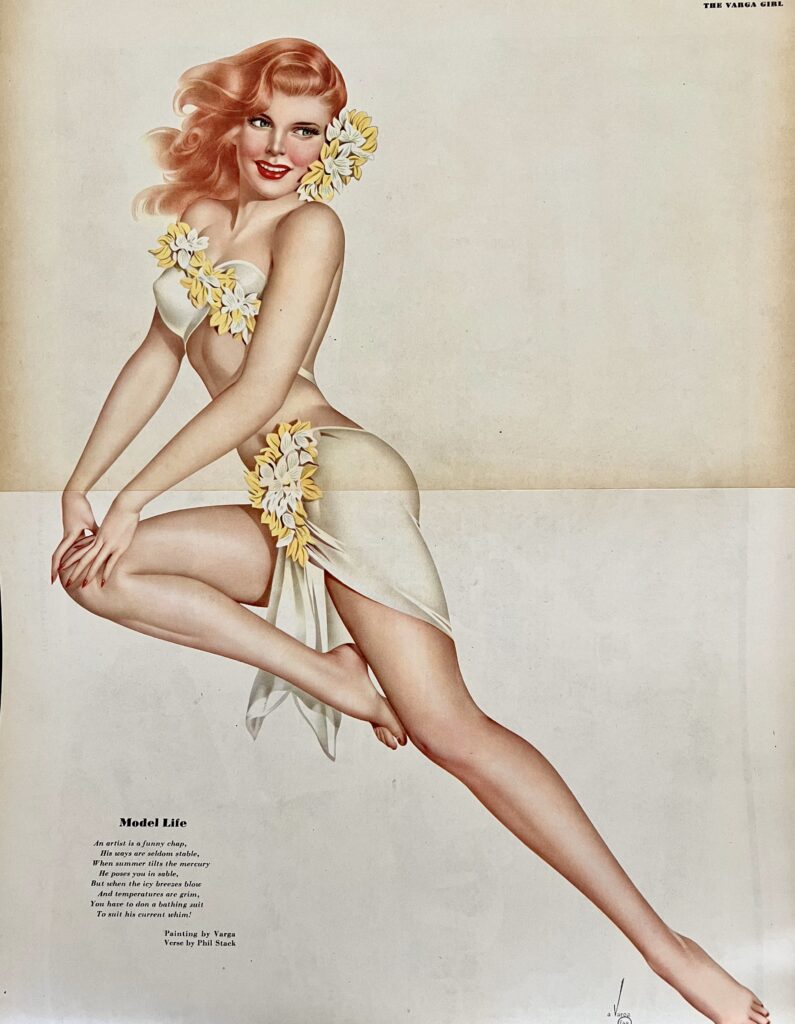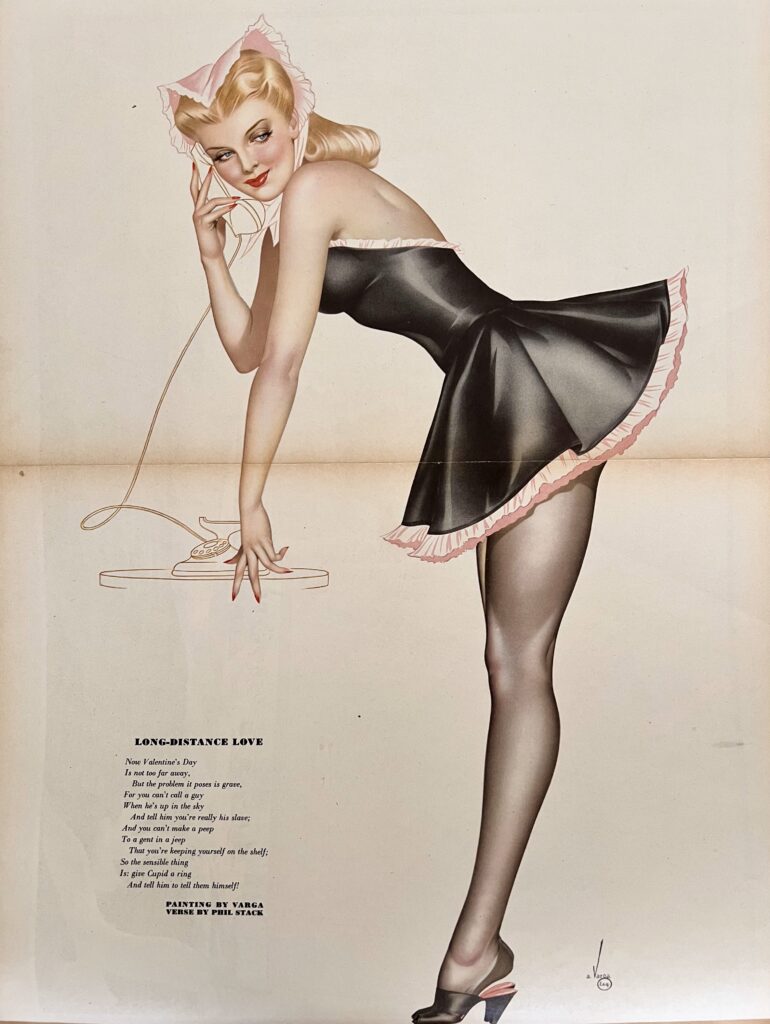
Popularity can be a very transitory beast and public tastes can change, in the rapid blink of an eye or as quickly as a photographer’s flash, don’t ’cha know….
It’s history constantly repeating itself, hoping we’ll eventually learn our lesson, though we rarely listen.
You see, the public is fickle.
That old truism came to life again this week as I watched someone gloat over their YouTube subscriber rate and number of video views, versus their competitor who’s in the same niche market. Mr. X just had to rub it in real good and make himself feel like the virtual king, presiding over his adoring and loyal subjects…
Of course, they’ll always be there!
Or will they?
There’s a cavalcade of has-beens who’ll attest to the public’s fickle nature, and many are just screaming, some from the grave, “You’re only as good as your last performance!”
Let’s take a look at a few of yesterday’s stars that regrettably ended up on the has-been compost heap.

First up on my list of forgotten ones is the divine one herself, Mae Murray (aka Princess Mdivani of Georgia), who for almost two decades was both a Ziegfeld Follies as well as a silent picture star. Mae thought she’d always be on top and when her beauty faded, so did she…into veritable oblivion. Mae did make some memorable films though, including director Erich von Stroheim’s 1925 film interpretation of the Franz Lehar opera, The Merry Widow, which sealed Mae’s fate as one of the loveliest actresses to ever grace the screen. FYI, the video is available in its entirety on YouTube.
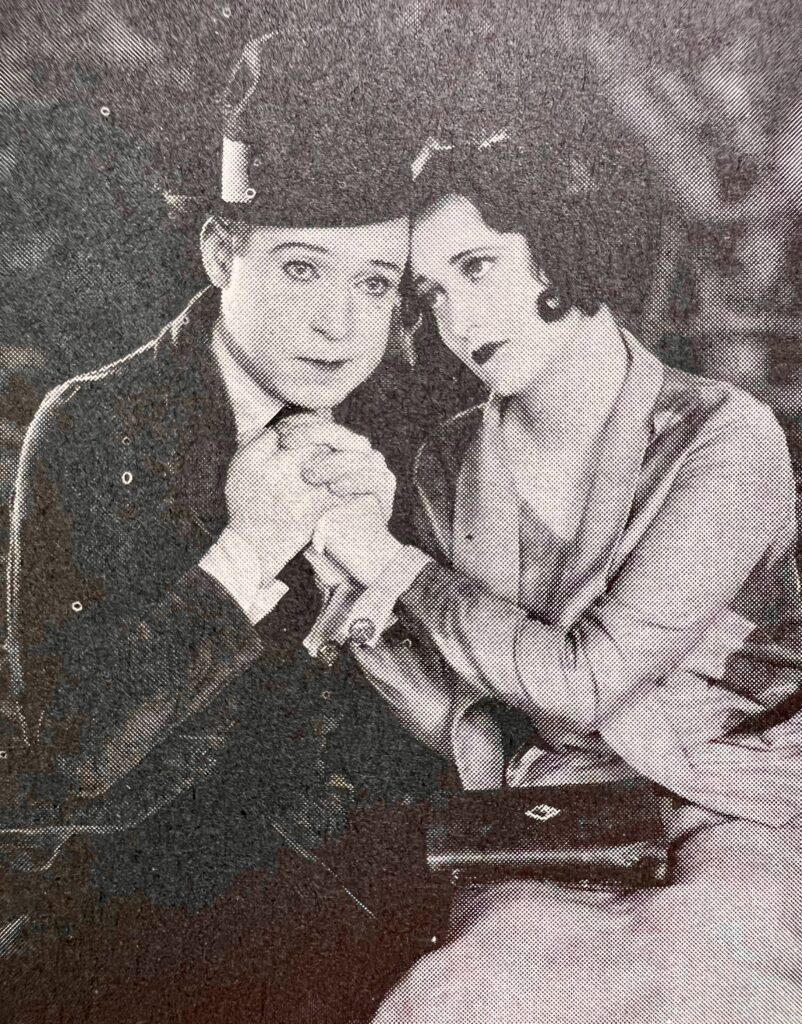

Next up is one of the great silent comedians, Harry Langdon (1884-1944), who’s not very well-remembered today, but for a moment in Hollywood history, was a household name. Langdon’s trademark baby face was perfect for close-ups and led to starring roles in three silent films which many now consider masterpieces, The Strong Man (1926), Tramp, Tramp, Tramp (1926), and Long Pants (1927). Langdon had a unique quality that lent itself perfectly to evoking pathos on the silent screen and his films retain their original magic even today.

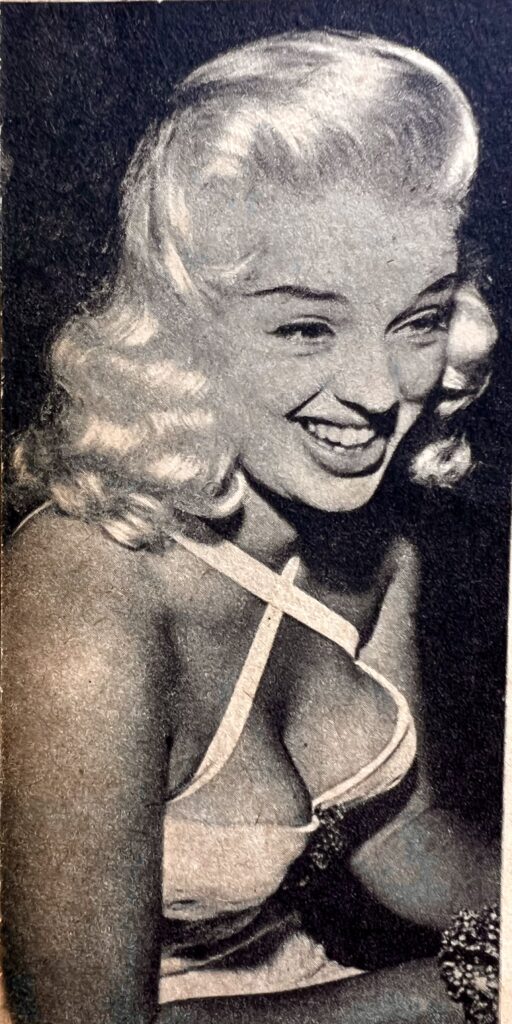
Diana Dors (1931-1984), born Diana Mary Fluck, was England’s answer to the 1950s blonde bombshell craze that included the likes of Brigitte Bardot, Marilyn Monroe, Jayne Mansfield, and Mamie van Doren (FYI, Mamie will be the subject of a future Keith’s Theatre post).
When Diana Dors’ name comes up today, most people ask, “Diana who?” At one time, though, Miss Dors was exceptionally hot property and even after her celebrity star dimmed, she managed to self-actualize the sexual nature of life through her extracurricular activities, which involved hidden movie cameras at X-rated adult parties she hosted. For a full account of Diana Dors’ shenanigans, her Wikipedia biography is here: https://en.wikipedia.org/wiki/Diana_Dors
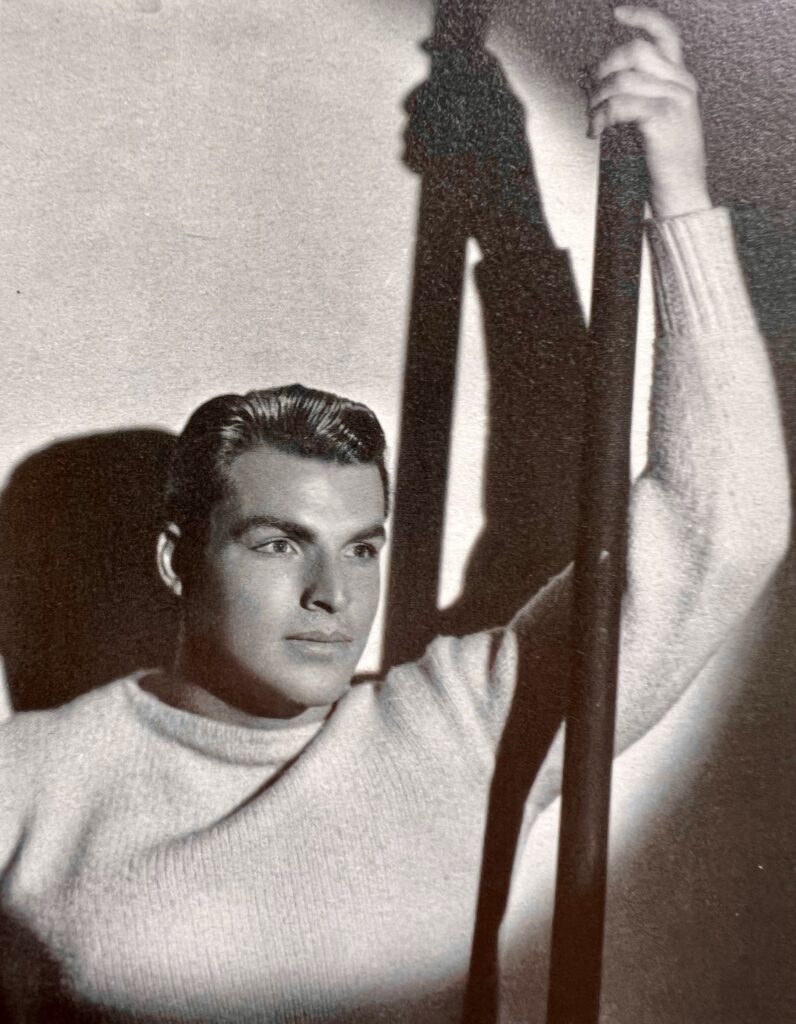
Last up on our list of has-beens is none other than Hollywood mega hunk, Buster Crabbe (1908-1983), who is probably best remembered as Flash Gordon, Buck Rogers or Billy the Kid in film serials during the 1930s and 40s. Crabbe, a former Olympic gold medal swimmer, was catapulted into the acting profession as a result of his sports ability, a story that still resonates today. Buster Crabbe’s Wikipedia biography is posted here: https://en.wikipedia.org/wiki/Buster_Crabbe
Yes, the public is fickle. Here today, gone tomorrow!
Until next time…


